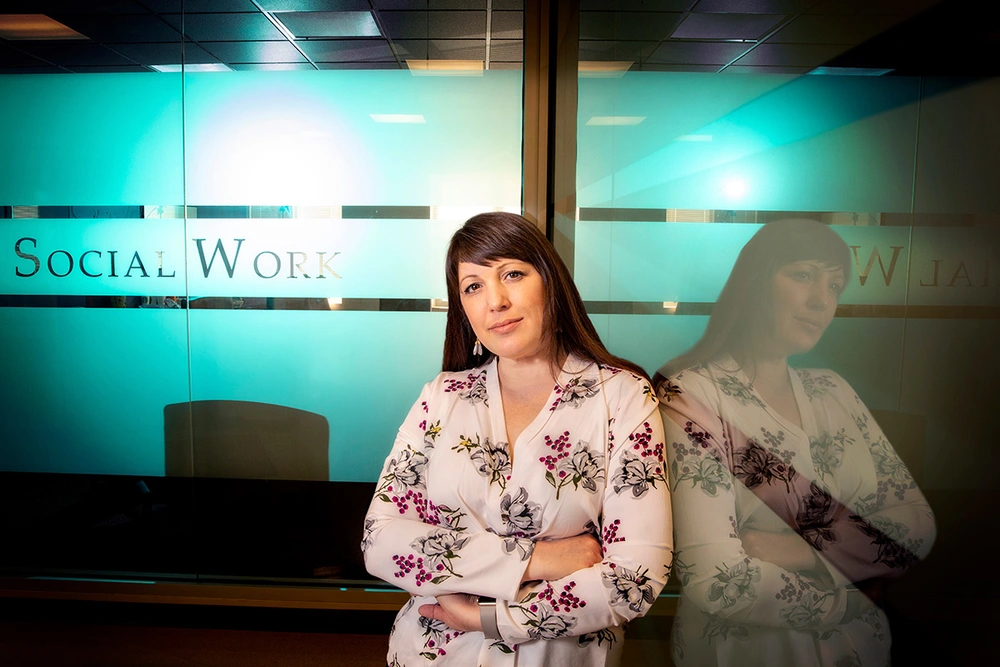
Repeated disasters and environmental changes on Louisiana’s Gulf Coast are rapidly eroding the land, and along with it, an Indigenous tribe’s ability to sustain its culture, health and livelihoods, new research suggests.
Shanondora Billiot, a professor of social work at the University of Illinois, interviewed 160 members of the United Houma Nation living in Terrebonne Parish – one of six districts in the tribal service area bordering the Gulf of Mexico – about the effects of climate change and land loss on their families.
The Gulf Research Program of the National Academies of Science, Engineering and Medicine recently awarded Billiot an Early-Career Research Fellowship to support her ongoing research on the Houma tribe.
Billiot spent six months in the community recruiting study participants, lingering at marinas, docking stations, commodity distribution sites and other places where tribe members gathered to talk.
Although Billiot is a tribe member, she said many of the Houma were reluctant to talk with yet another climate change researcher until she had been vetted by tribal leaders and mutual acquaintances, and they were confident the research would be culturally sensitive and the findings shared with members of the community.
“The guy that owned the docks said I couldn’t just be this awkward person sitting there, listening and staring, that I had to participate,” Billiot said. “I helped knit crab traps, sorted shells one day and did things to be of assistance” and build rapport.
Environmental change is whittling away Louisiana’s coastline, and scientists predict that erosion and rising sea levels will consume an area comparable in size to that of Baltimore and Washington, D.C., by 2050.